The group restoring Colombia’s tropical dry forest – and helping monkeys, too
Conservation non-profit Proyecto Tití is harnessing the power of community to rebuild local ecosystems.
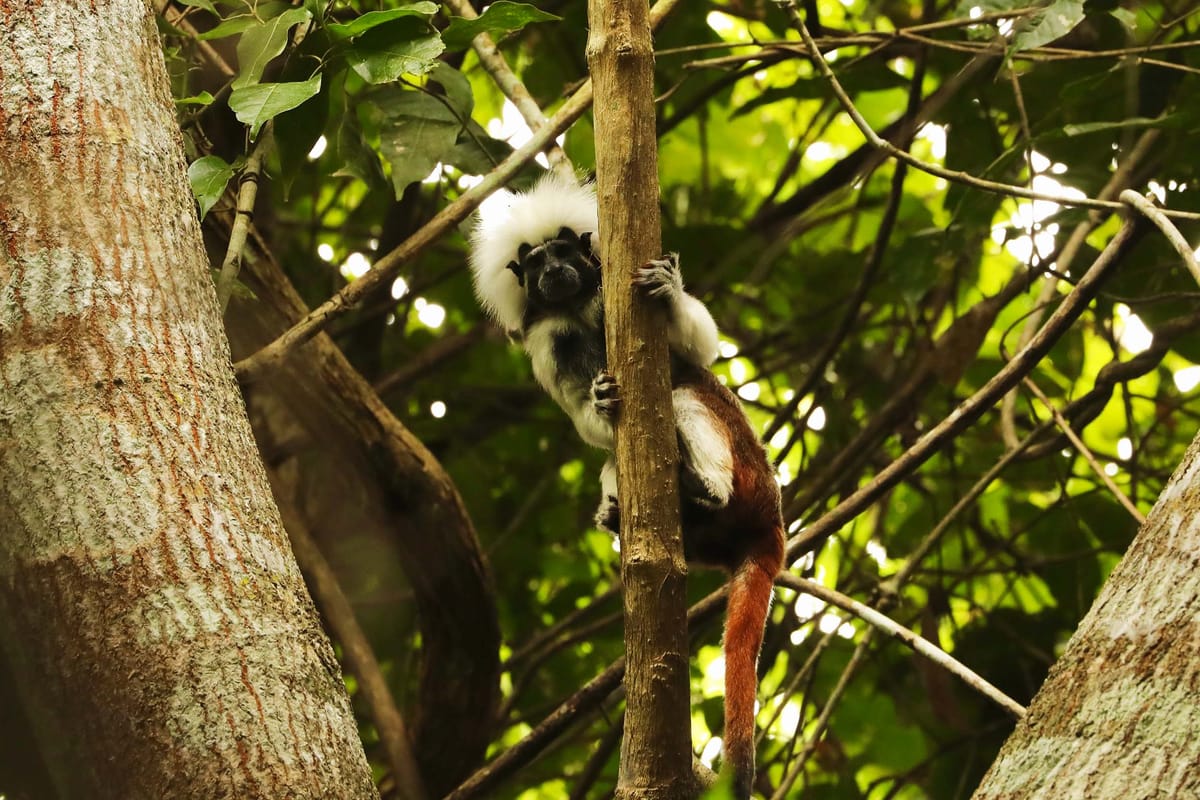
I was standing enveloped in dense green canopy when my pondering was delightfully interrupted by a troop of cotton-top tamarin monkeys (Saguinus oedipus) with inquisitive, Einstein-like features who had stopped mid-scurry through the treetops to investigate my group. After a quick pause, they repositioned erratically, moving in jittery bursts through rustling branches. Short leaps carried them almost soundlessly from limb to limb with all but one curious individual settling out of sight. Peering downward from between the Y of a tree trunk, it caught my gaze; then the tamarin’s eyes darted and its tail flickered before wrapping around the trunk for balance. It remained a few minutes more before disappearing to rejoin its troop.
It was a memorable moment, and an uncommon one. Jaime Reyes, biologist for Proyecto Tití and our guide through the forest, had told us there was only a one-in-ten chance of spotting the rare primate during the harsh midday heat. And that’s only because the forest was there at all. This once-barren land at the top of a winding road in Colombia’s San Juan Nepomuceno region had been restored through a conservation race to save one of the world’s most threatened forests and the monkeys dependent on it for survival.
“Most people think of rainforests when they imagine Colombia,” stated Reyes as he handed me a pair of rubber boots, essential gear for the forest hike ahead. “But this region’s tropical dry forests are just as important – and far more endangered.”

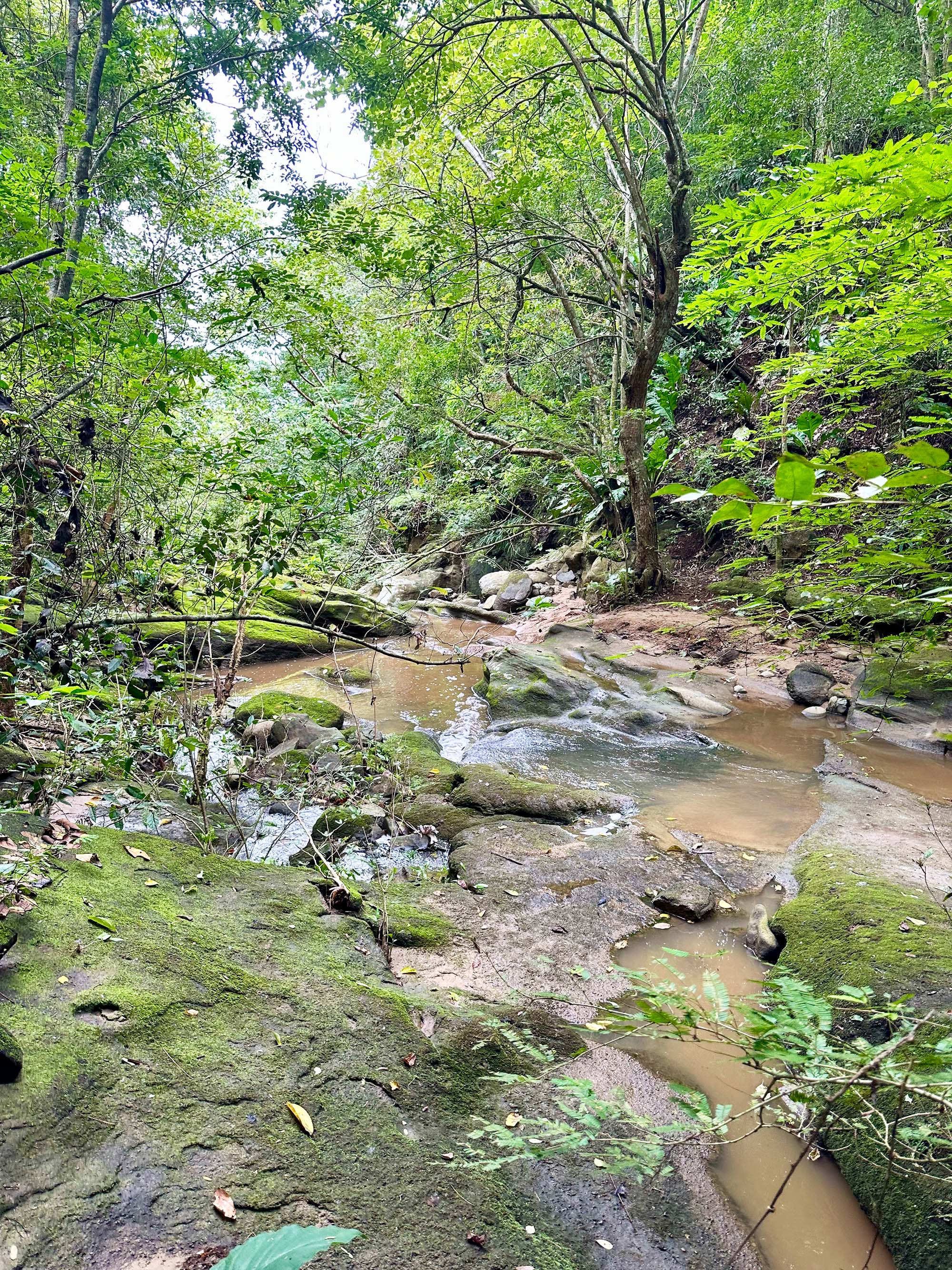
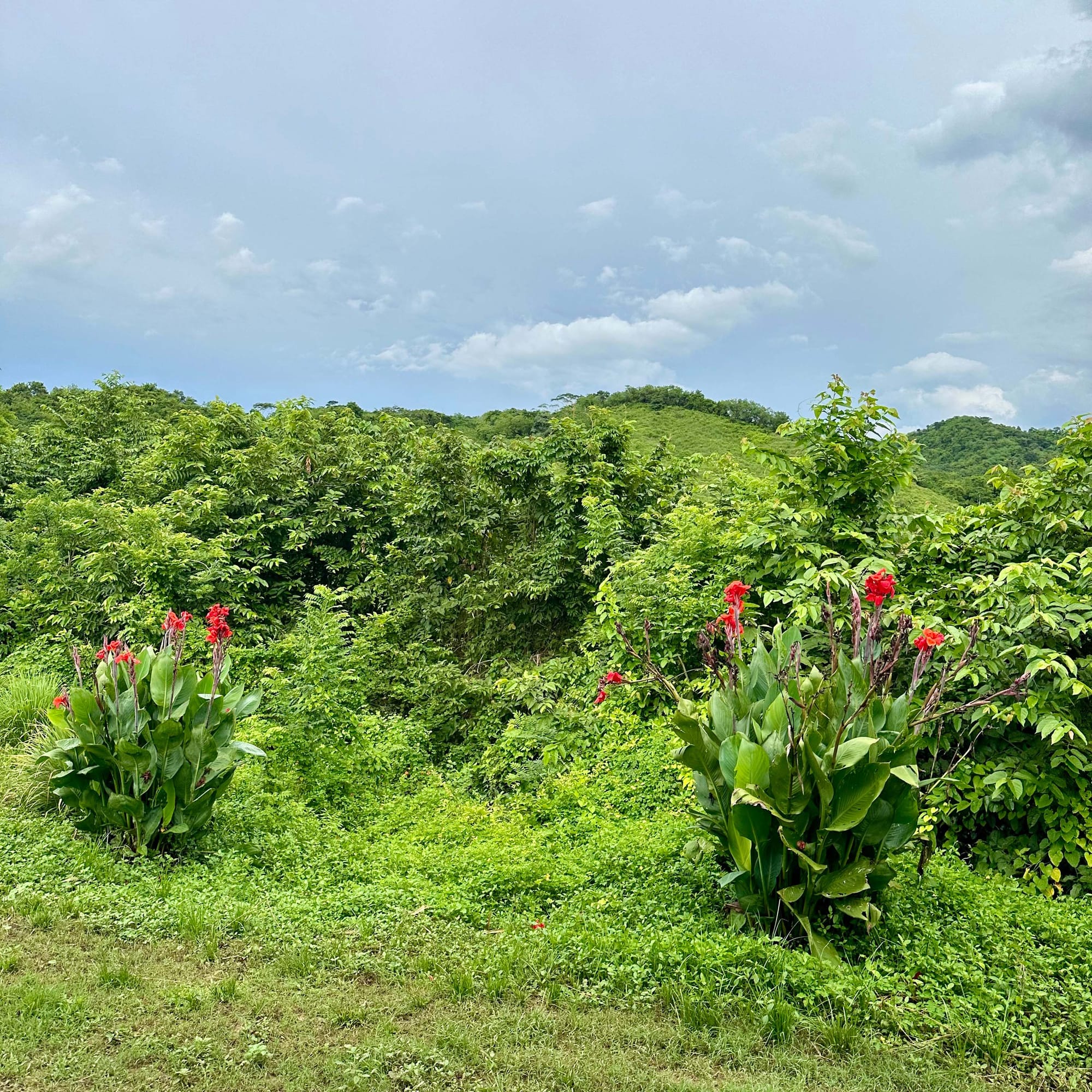
Left and right: Two views from the Proyecto Tití site. Centre: Tropical dry rainforest. Photos: Jenn Smith Nelson.
Tropical dry forests are open woodlands, deciduous forests typically found in areas between 10° and 25° latitude. After a long dry season of six months or more marked by the shedding of leaves, heavy rains return and the forest bursts back into green. More seasonal than tropical rainforests, these habitats have suffered extensive loss due to agriculture and development.
Through rewilding Colombia’s tropical dry forest, Proyecto Tití is offering hope for species recovery, protection and enduring viability. With less than 8 percent of the original forest ecosystem remaining, critically endangered cotton-top tamarins cling to survival among its shrinking canopies. The population of the expressive, social primates found only in northern Colombia has dwindled due to habitat destruction and the illegal pet trade, with around 7,000 left in the wild.
Founded in 2004 to protect tamarins, Proyecto Tití was formally established as an NGO by biologists Anne Savage and Rosamira Guillen. But Savage’s efforts to protect cotton-tops had begun long before. In 1987, she swapped a tenured conservation role with Disney for conducting cotton-top tamarin research and field work in Colombia. This work eventually became the foundation for Savage’s PhD thesis and marked the start of Proyecto Tití’s conservation efforts.
Once onboard, Guillen quickly shifted gears upon realizing that the real threat to tamarins was much bigger: without habitat, there would be no future for them. To address the root of the issue, she started working alongside environmental authorities and communities, directing her focus toward advocacy, building relationships and securing land for restoration.

Due to a major lack of awareness about the plight of both the rare forest and the interdependent species at risk, the project faced many challenges. In addition to education and partnership-building, there was an immediate need to secure land to restore. In 2010, the forest was facing a serious threat from a pending development, but the team battled, emerging triumphant. “We fought and stopped an airport from being built on key tamarin habitat,” said Guillen. “That was a huge victory.”
The organization hit a significant milestone a decade in when they secured 5,000 hectares of land and established four areas of key habitat. “We registered our reserve as a protected area,” said Guillen. “This land will never be lost again.”
Despite ongoing challenges, promising headway has been made. In addition to land acquisition, the project’s approach includes scientific research, empowering locals and creating sustainable economic opportunities for communities.
By mid-morning, I’d followed Reyes along a steep, muddy trail to learn about impacted forest species. “When you come in, you see the contrast. Before, it was all grasslands,” he said, pointing to the landscape. “Now, the trees are coming back.”
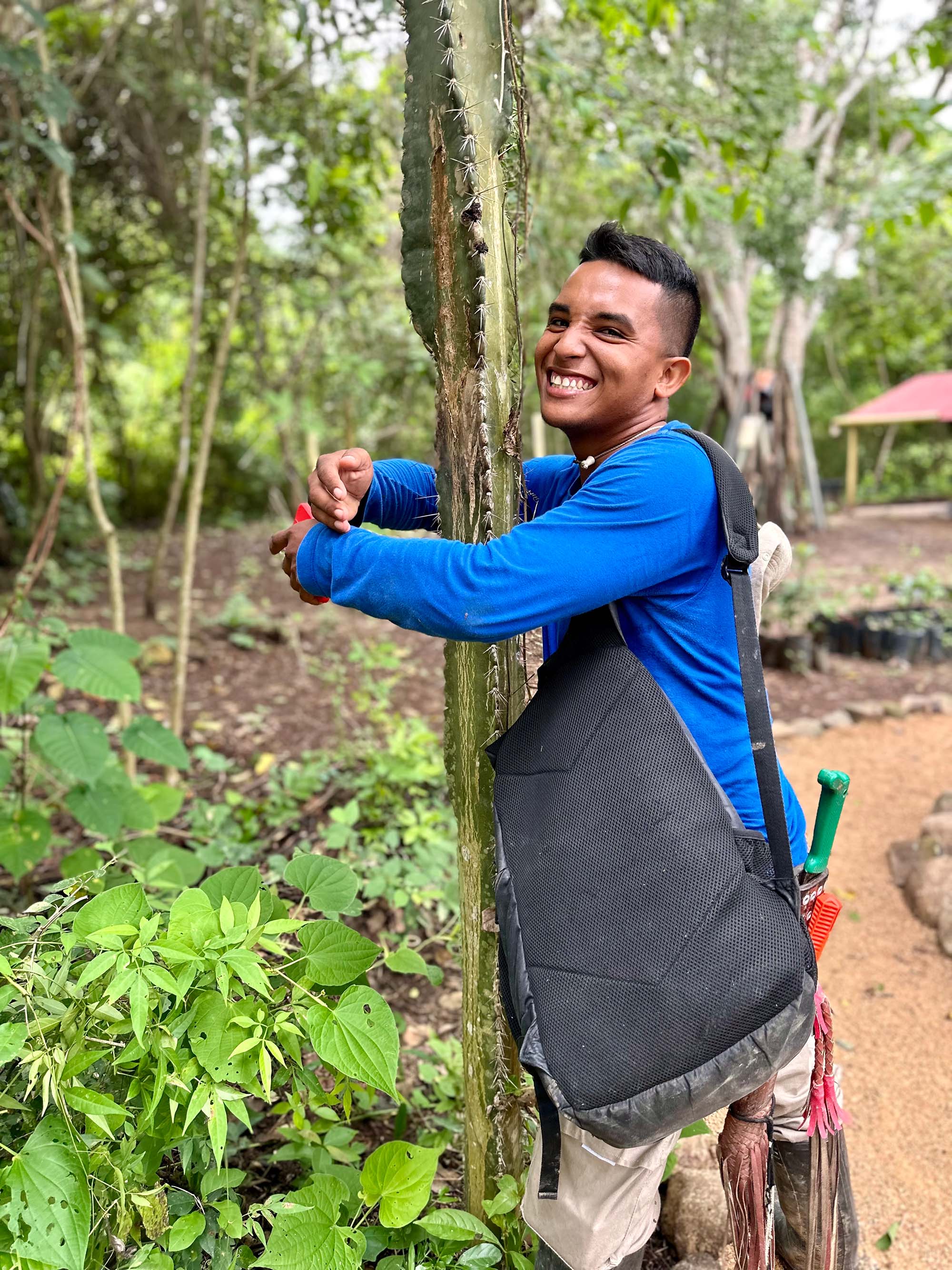
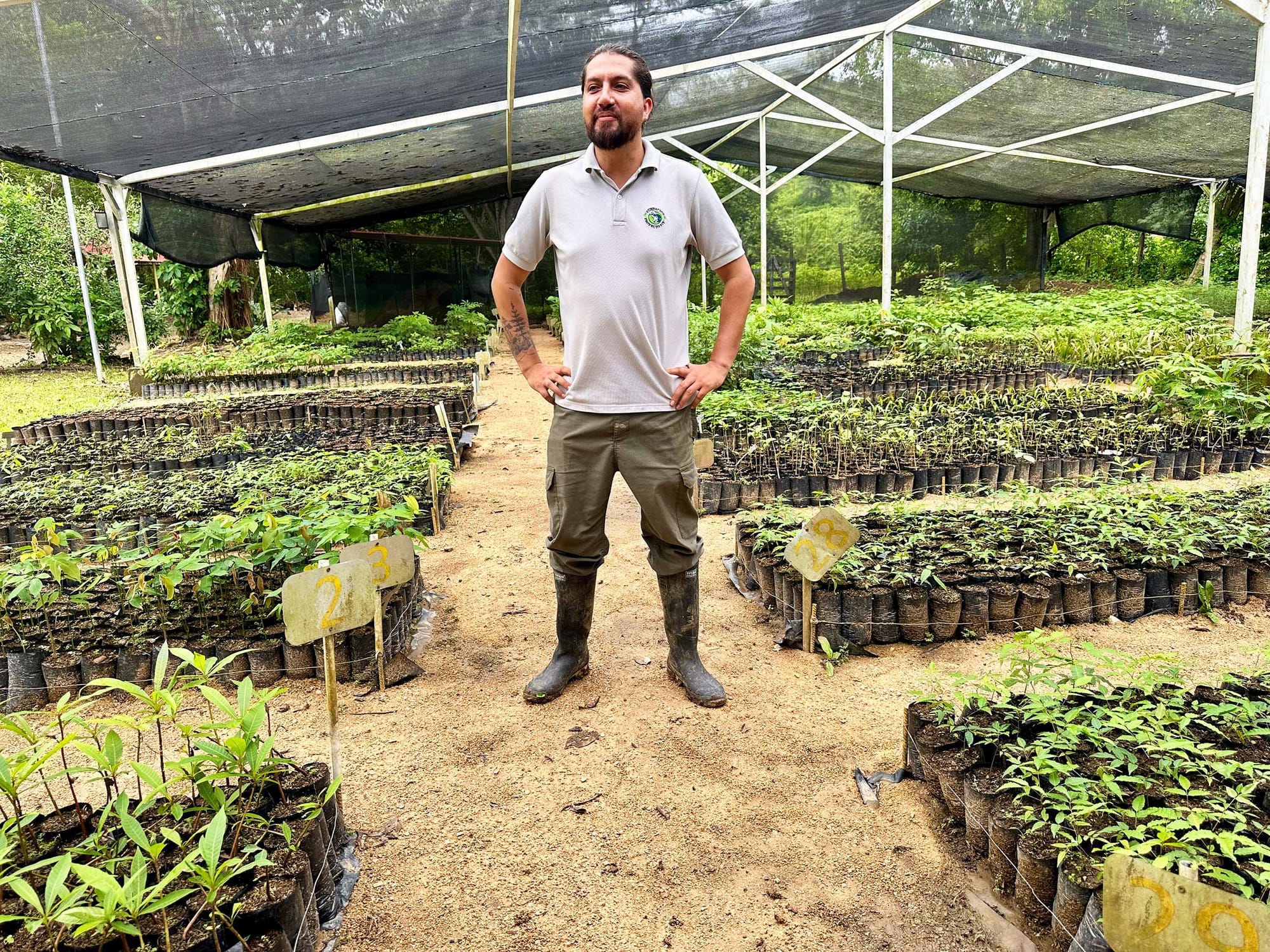
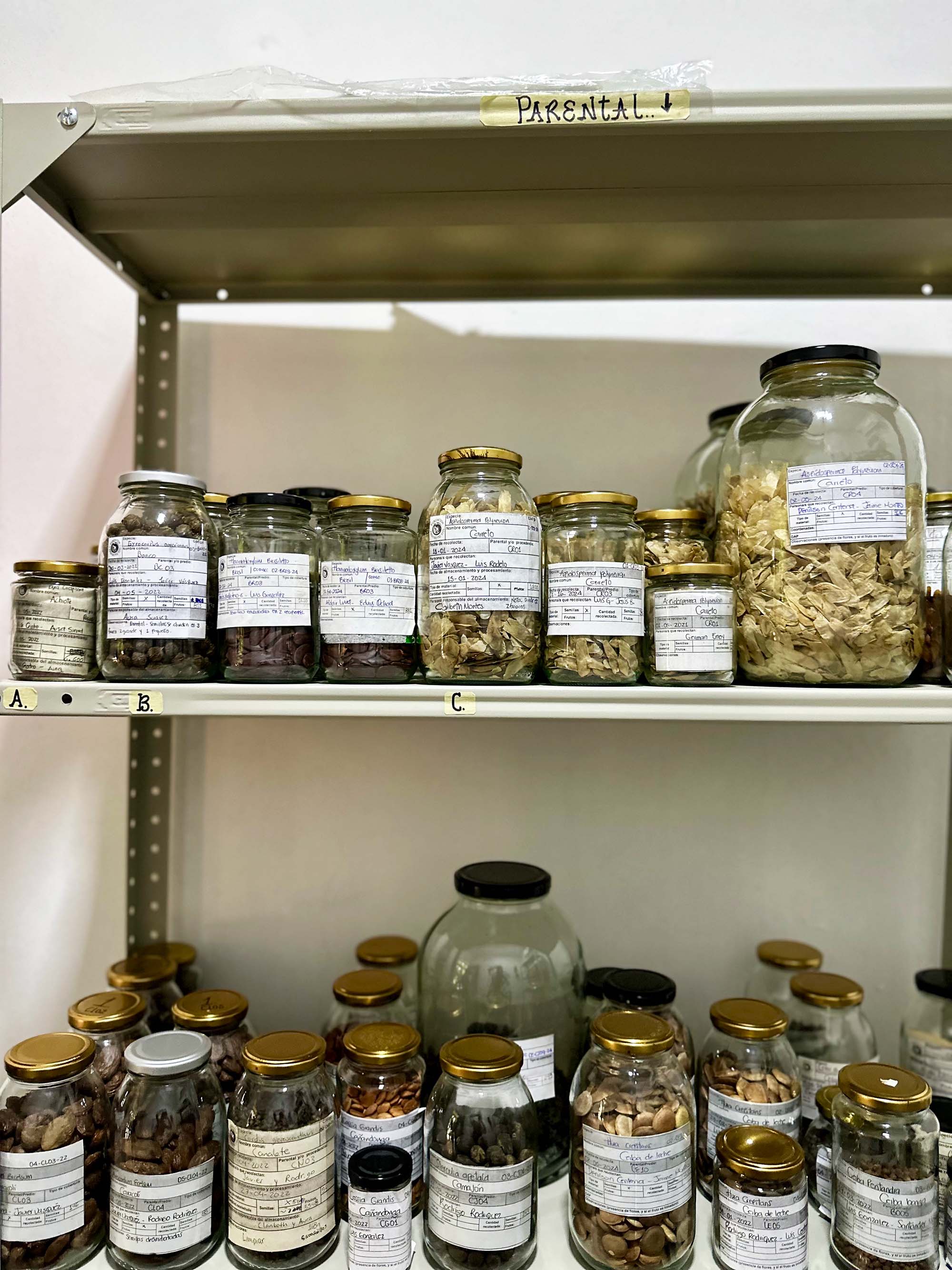
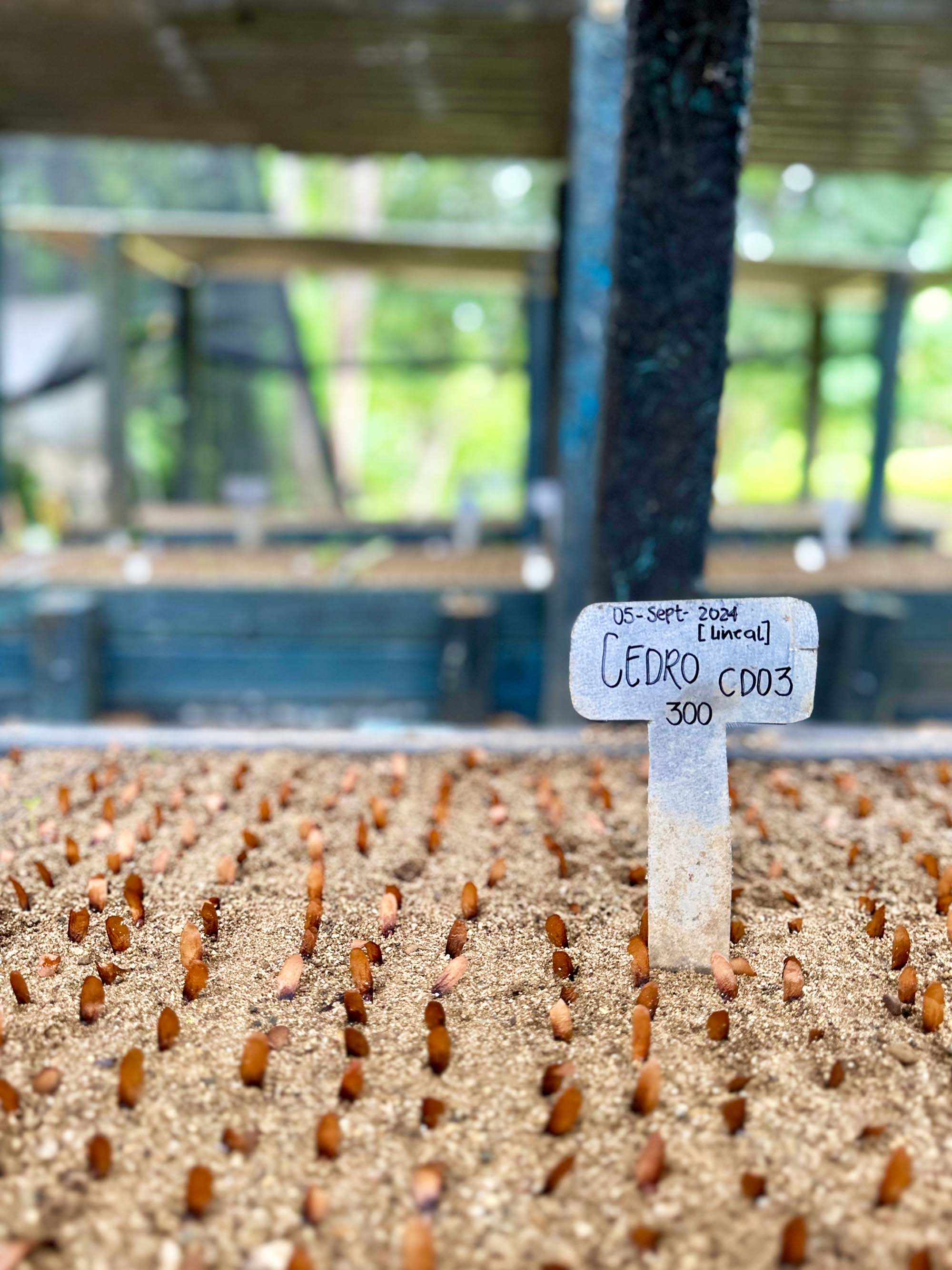
Clockwise from top left: Guide Edwin Castro hugging a cactus; Guide Jaime Reyes amidst rows of seedlings; Newly planted seeds; Shelves of seeds waiting to be planted. Photos: Jenn Smith Nelson.
Each tree planted has a purpose.
“Everything around us has been planted by Proyecto Tití. We try to get as close as possible to what used to be here long ago,” said Reyes. Standing next to a ceiba de leche (Hura crepitans), an intimidating tree whose bark is adorned with pokey, patterned spikes, Reyes explained why it’s a tamarin favourite. “They eat the sap and insects that live in the bark, even the flowers. This one tree alone can support an entire troop.” It turns out tamarins also depend on this thorny species to protect them from predators while sleeping.
We moved on to the nursery, the heart of the operation, where rows of native saplings awaited planting in the wild. In a room lined with jars of seeds brimming with forest potential, Reyes described how Proyecto Tití collects and propagates seeds from more than 70 species for reforestation, to create a balanced and diverse habitat.
“Cotton-tops have a varied diet – they aren’t picky eaters [but] are dependent on 20 to 30 species,” he said. Planting a mix of fast and slow-growing species, some providing shade, others fruit and shelter, helps create balance. “Cotton-tops spend the night in the tallest trees, so we need a mix of canopy trees and shrubs to create a complete habitat,” said Guillen.
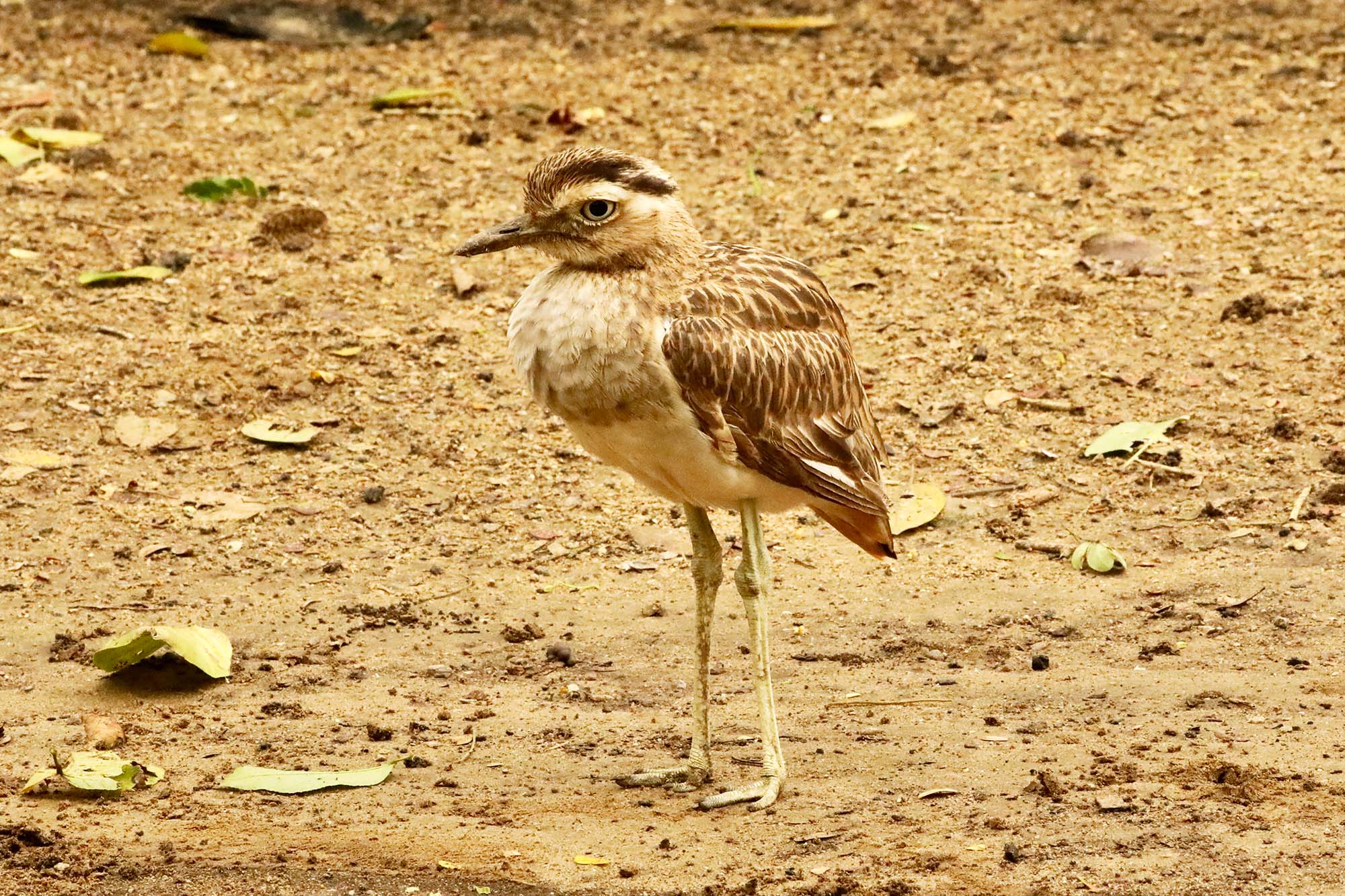
Reforestation is slow, complex and constantly under threat from invasive grasses, which can choke out young trees and undo years of progress. “Restoring a forest isn’t as simple as planting trees. Keeping them alive is the hard part,” Guillen said. Measuring success goes beyond tending, rewilding and protecting. The project tracks wildlife returns and forest recovery. “The forest tells us if we’re doing it right.”
Though arduous, this approach is working. Cotton-tops have returned earlier than expected, inhabiting areas abandoned decades ago. “In the early years, we weren’t sure how long it would take for wildlife to return,” Reyes said.
It turns out, tamarins aren’t the only ones returning.
Camera traps in restored corridors have captured black spider monkeys, toucans and, most recently, a key predator. “We spotted a puma on our camera traps,” said Guillen. “Now, that’s a sign of real ecological recovery.”
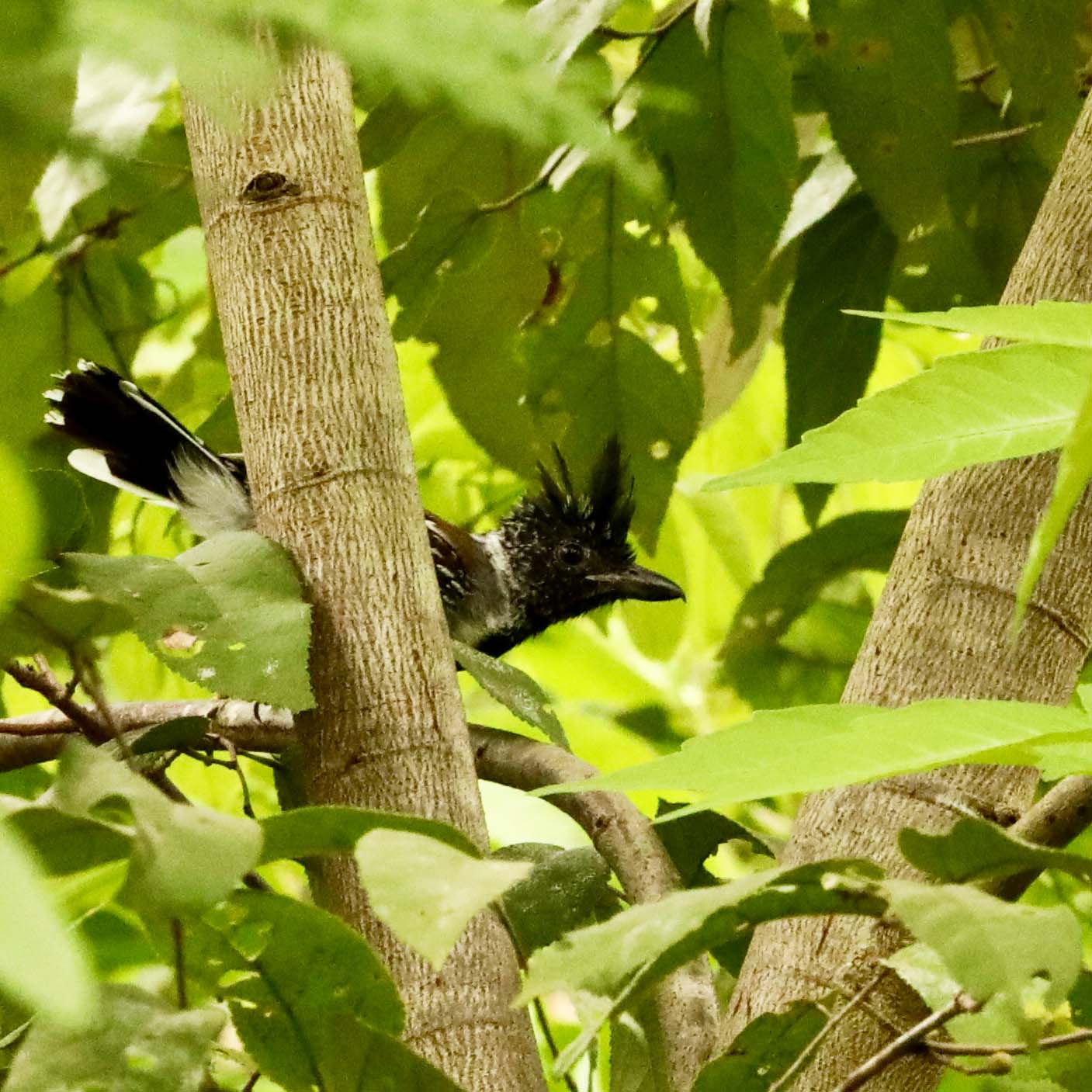

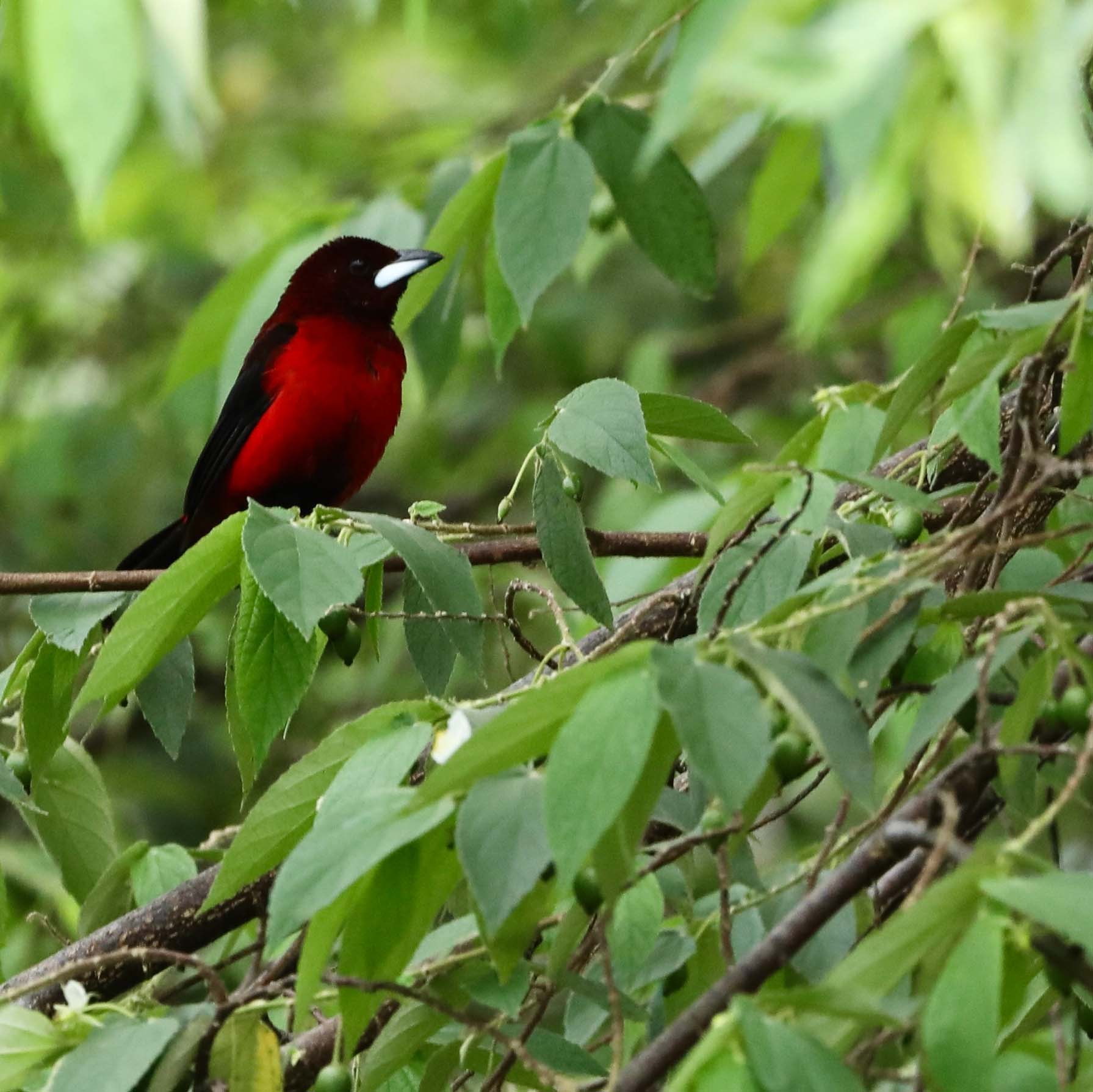
From left: A black-crested antshrike; a ceiba de leche trunk; a crimson-backed tanager. Photos: Jenn Smith Nelson.
However, the tamarins’ survival hinges on more than trees. It requires people too. “Conservation without community involvement isn’t conservation,” declared Guillen. “It won’t last.”
For many generations, deforestation wasn’t a choice but a necessity for locals who relied on forest resources. Armed with this insight, Proyecto Tití designed conservation programming to provide value and create economic opportunities through educating and empowering the community, landowners and other businesses.
According to Savage, these initiatives have reduced reliance on deforestation-driven income sources and instead promote a culture of conservation. “When people see that they can have a better quality of life without harming the forest, that’s when real change happens.”
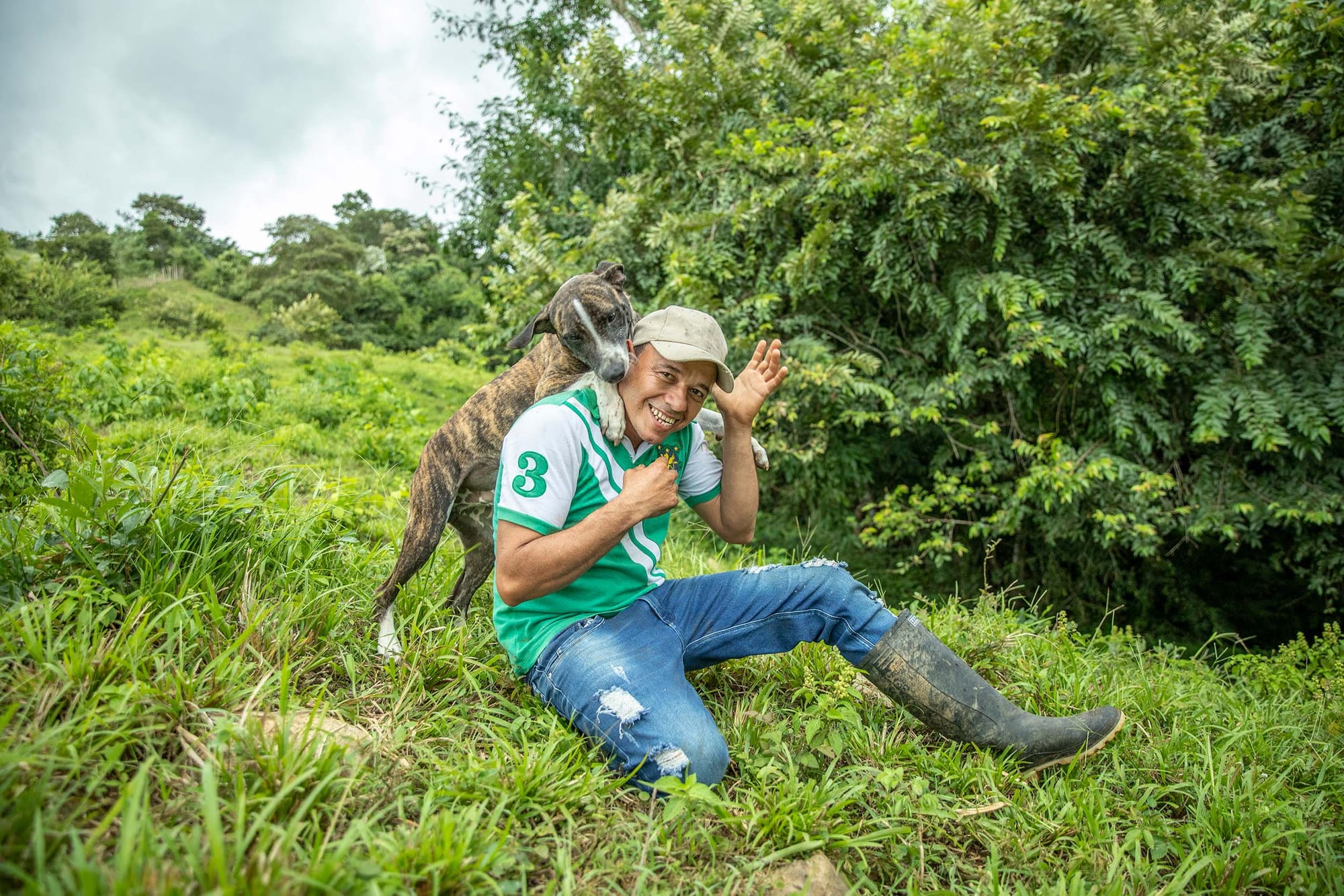
This guiding principle shapes every aspect of Proyecto Tití’s work.
Through conservation agreements with landowners, the project provides technical support, fruit trees and other incentives in exchange for reforestation commitments and seed donations. Though it wasn’t always easy to convince people, once farmers experienced benefits such as improved soil conditions and increased shade cover for crops, “they became allies,” according to Reyes.
Artisans also play a role, creating and selling sustainable crafts through the project’s livelihood program, which offers training and resources. Repurposing plastic bags, for instance, they produce items including mochilas, traditional shoulder bags symbolic of Colombian cultural identity.
Another cornerstone of the project’s work is educational outreach through school programming and hands-on conservation experiences. This is helping to raise early awareness while nurturing a new generation of environmental stewards. “Inspiring kids to care about cotton-top tamarins today means they will grow up to be the ones protecting them tomorrow,” said Savage. “When children understand the value of their natural environment, they grow up to be leaders in conservation.”
An additional way Proyecto Tití drives the message home is through helping abandoned and stray dogs. Rescuing, neutering and adopting strays helps combat poaching and the illegal pet trade through community awareness, by teaching what a pet is and is not. “Cotton-tops are not,” Reyes declared. It’s a message Guillen said will need repeating, but encouragingly, they’ve seen reports indicating declines in people keeping tamarins as pets.

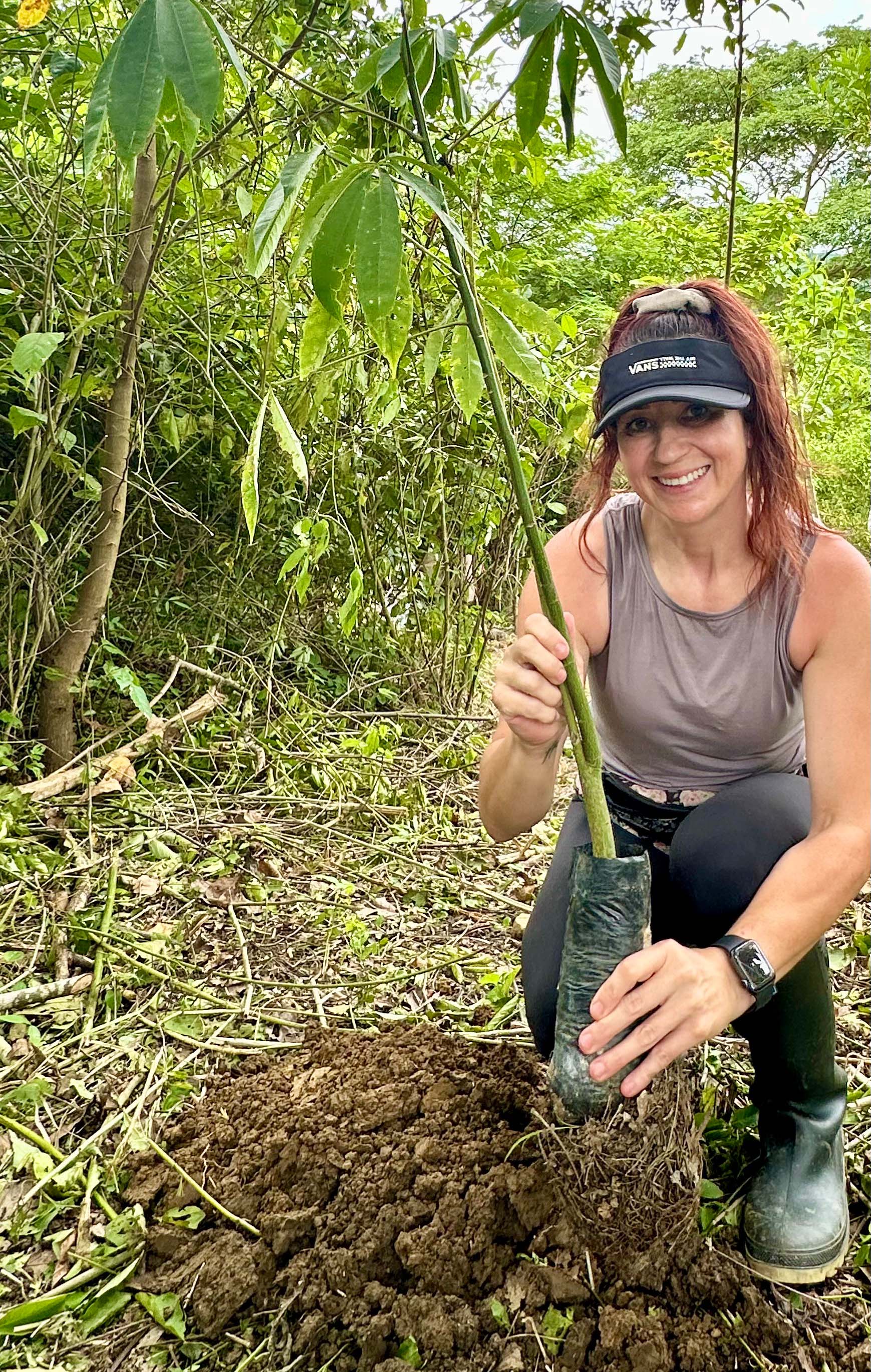
Left: The Proyecto Tití nursery. Right: The author planting a tree. Photos: Jenn Smith Nelson.
“Some people think of forests as just trees. But forests are relationships – between species, between people and nature. That’s what we’re restoring,” said Guillen. Clearly, the project’s restoration efforts are paying off. Today, with thousands of planted trees connecting once-fragmented forests, 84 percent of landowners have abided by their agreement with Proyecto Tití to protect forested areas. Perceptions are changing and along with them is growing a palpable and swelling sense of pride for Colombia’s tamarins and endangered forest. “Before, some people thought cotton-tops were just small monkeys,” said Guillen. “Now, they see them as part of our natural heritage.”
Proyecto Tití continues to expand its model. What started off as 75 hectares in 2015 has grown to 900 hectares of protected land, doubling the size of nearby Los Colorados National Park.
And – I got to do my part to keep it growing. It was a full circle moment when I was handed a young ceiba de leche tree to plant. “This tree will grow tall and strong,” Reyes said. “It’s a symbol of hope for the forest and the tamarins.” I placed it carefully, patted the soil around the tree’s base and walked away with dirty hands, muddy boots and optimism.
Reyes paused, listening as a monkey called out from deep in the forest, then gestured to the landscape. “Success is this. It’s seeing a forest where there was none. It’s knowing monkeys have a future.”


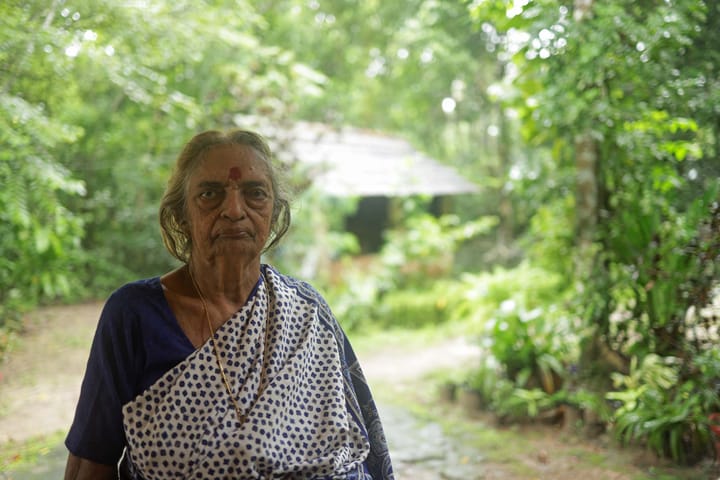

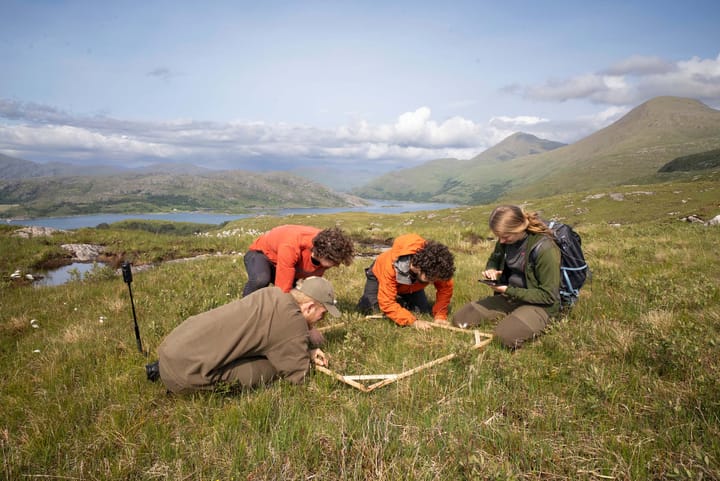


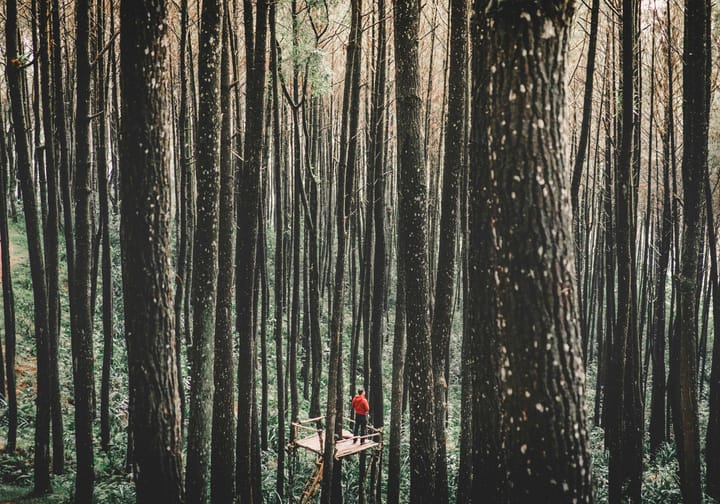
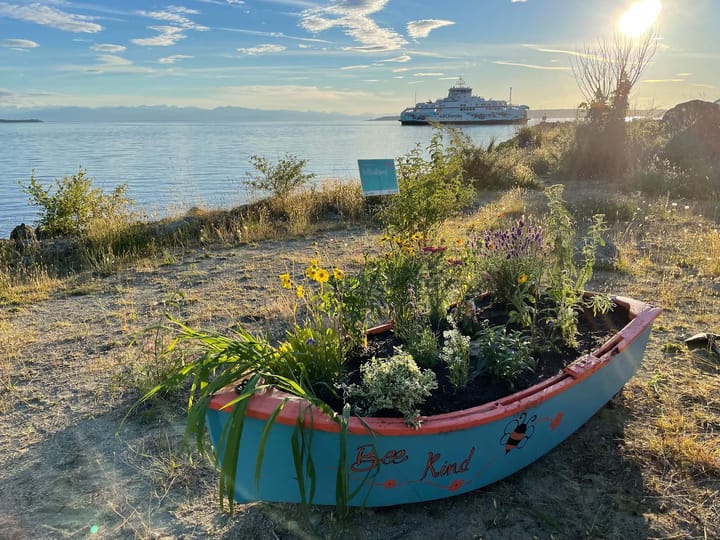

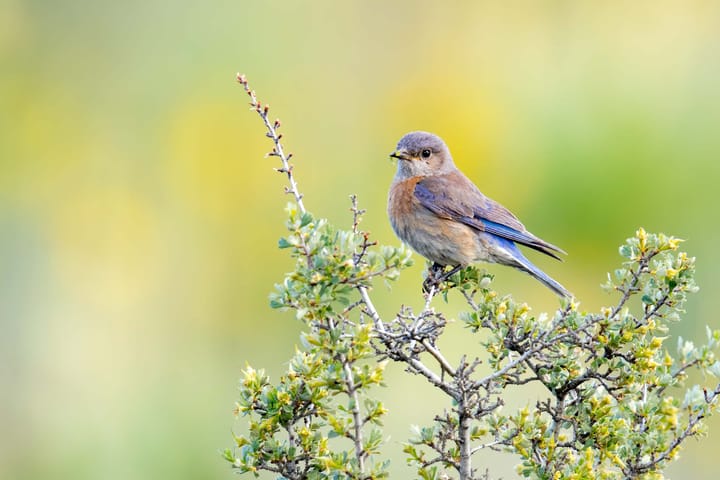
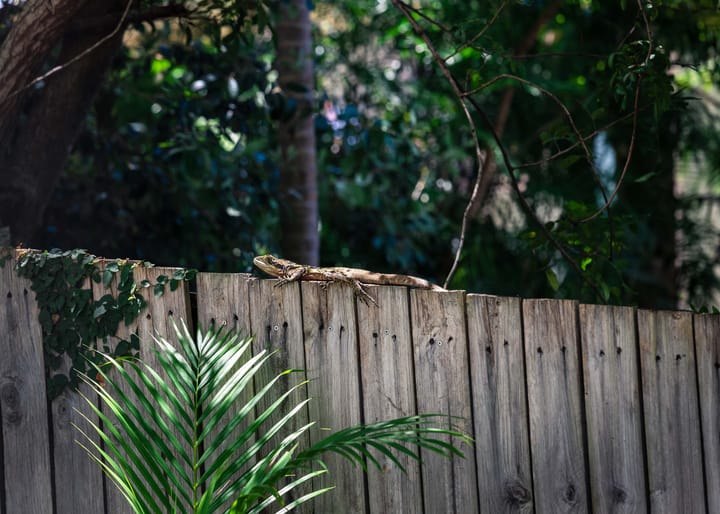
Comments ()